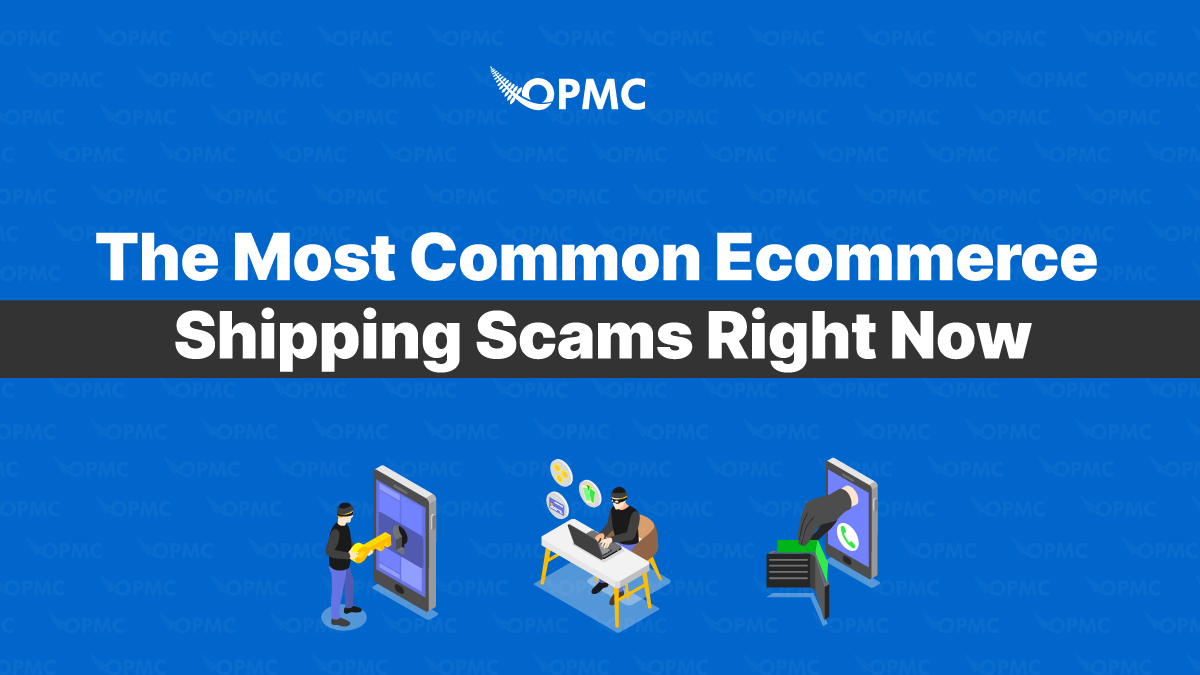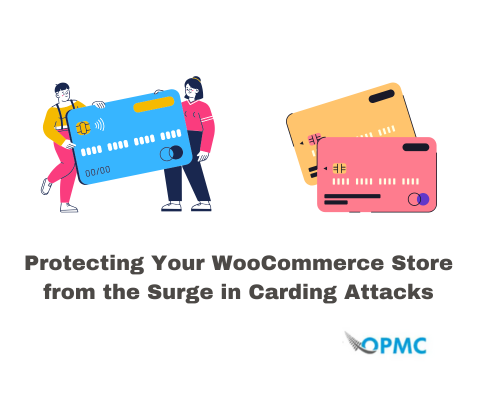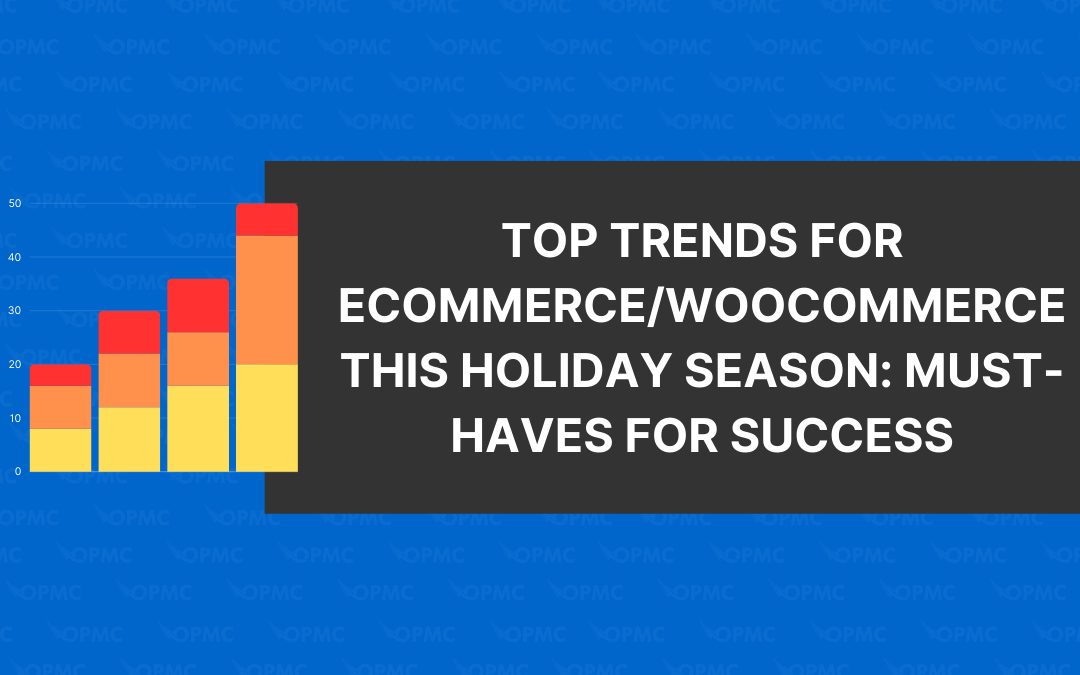The world of ecommerce shipping is a wild and wacky place. You can get scammed by just about anyone these days, from your suppliers to your customers. Whether you’re just starting out in the ecommerce world or have been shipping for years, you must keep tabs on the many different types of scams out there so you can do your best not to fall victim. Here are some of the more common ecommerce shipping scams right now.
1 – Fake shipping address information
Shipping address information is the most common scam, and it’s easy to understand why. Potential customers can use a fake address to divert your package anywhere they want.
The scammer could use a fake address in another country where they can sell the product without paying taxes or duties on it. They may also choose to change the shipping address within the same country so that they don’t have to pay sales tax on goods purchased online.
Or they may use a fake address associated with a stolen account that is vacant and just swing by when they get a notification it has been delivered. By the time you realize what has happened, it is already too late.
To avoid this shipping scam, be sure to use credit card address verification. That way, you are ensuring the payment method matches the associated shipping address on file with the bank or credit card company.
2 – Package rerouting fraud
So, what do you do when the fraudster changes addresses mid-delivery? Package rerouting fraud is a big problem for ecommerce merchants. It’s also one of the most common scams that merchants can encounter. It works by a customer placing an order with the correct address to the credit card charge goes through and then changing the delivery address to a different one after receiving confirmation of payment.
Most of the time, this is because they have stolen the account or payment method in question. That way, no red flags are raised with the corresponding credit card company. The end result is you have to refund the purchaser, meaning you’re out the cost of the product and the potential sales price.
The easiest way to stop this type of scam is to block package rerouting after an order has been placed. However, you don’t want a negative customer experience, so you may need to escalate these requests to your real-time human team members for review. That way a judgement call can be made to ensure you don’t lose out on the sale or the profit.
3 – Fake tracking number(s)
This can be a scam targeting your customers or your business. It works by fake websites generating bad tracking numbers that result in no item being shipped or something completely different from what was originally purchased.
You need to be aware of this scam because it can hurt your industry. Someone can see your website as doing well, set up a mirror image of your brand, and start scamming customers who should be going to you instead. This can drastically impact your potential sales because customers will become aware of the scam and associate it with your brand.
You may want to Google your brand name every once and a while to avoid this scam. If you see someone trying to mimic your business, issue a “Takedown Request” with their web server. This can be a DMCA takedown for copywritten content or a Cease and Desist for a competitor stealing your intellectual property.
4 – Items not received
If you’re experiencing an issue with a shipment, it’s important to make sure that the package was delivered to the correct address. Some fraudsters will claim they never received an item your automated system will automatically issue a refund. That can cost your ecommerce business millions in potential revenue if left unchecked.
Most online retailers don’t want to challenge these issues with customers because the cost of a bad online review is more than the cost of the product you are shipping. Bad marketing does hurt the online store niche market.
Prevent this with a clear and easy-to-understand return policy. Make sure it outlines what you will accept and how you handle “items not received” to avoid fraudulent requests. You might even want to check the social media of the customer who made the purchase. It isn’t uncommon to see a photo of your product on their Insta after they’ve submitted a claim.
5 – Hacked shipping accounts
Fraudsters don’t care how big or small your ecommerce store is. They just want to get their hands on your money. They are going to target shipping accounts specifically because that will give them access to all kinds of private information and financial resources.
You could easily get a massive online order from a repeat customer that is actually a thief who has stolen their account credentials. While it could take years to track down these fraudsters, you’ll be on the line for the costs with your supplier, payment processor, and shipping company.
To avoid this, you need to have robust security measures, including complex password requirements. If you can, enable two-factor authentication on your ecommerce store as well, so even if your customer’s credentials are stolen, they may still be protected without the app or smartphone of the original account holder.
The Best Defence is Proactive Awareness
The best way to avoid being scammed is to be proactive and aware. Before shipping anything out, make sure you have all the information you need about your customer: their name, address, and phone number should always match up with what they gave you when they placed their order. If it doesn’t match up at all, or if there are other red flags, contact them immediately before shipping out anything else.
Finally, invest in a quality plugin for your ecommerce website that targets fraudulent activity. For example, we at OPMC have built a robust Security for WooCommerce plugin that assigns a value to every order you receive by evaluating if it is potentially risky to your business. You can also block certain IPs and geographic regions where you know shipping scams are happening the most. Pick up the plugin today and keep your website well-protected from these common shipping scams.
Conclusion
Shipping scams are a real problem for ecommerce businesses. The best way to avoid being scammed is to be proactive and aware. If you think your business might be at risk for one of these common scams, take steps now so that you don’t get caught off guard later on down the road when things get busy.
Download WooCommerce Anti-Fraud today
WooCommerce Anti-Fraud assigns a score to orders as they are placed. The higher the score, the higher the risk of fraud.




